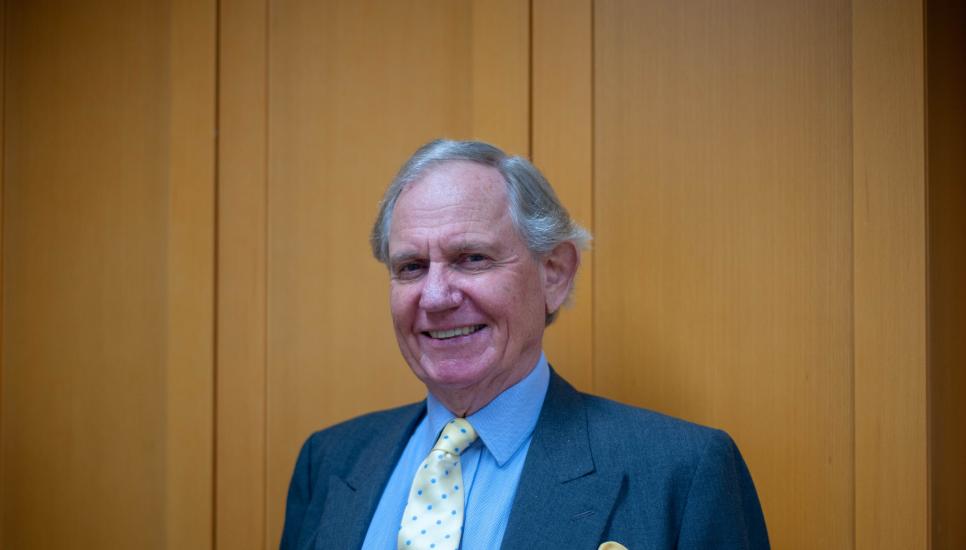Why families should bring business practice into their philanthropic ventures

To ensure successful philanthropic giving, family foundations should employ traditional business practices or risk their projects being ineffective, according to a director of a family foundation.
Christopher Lavender, director of Hong Kong’s Kadoorie Charitable Foundation, spent 22 years setting up the Kadoorie family’s foundation, developing its procedures and refining its aims and objectives.
Speaking to CampdenFB, Lavender said families should treat their philanthropic projects the same way as they would any other investment and take precautions to ensure their contributions are being used efficiently.
“I think the hallmark of better philanthropy is bringing business practice into it,” he said.
“If you were investing in or buying a business, you would spend time visiting it and ensuring it was using best practice to produce results, so why wouldn’t you do the same when investing in a philanthropic project?”
The Kadoorie family’s foundation focuses on working with small domestic NGO’s for a maximum of three years on about 100 community projects in rural areas in developing countries in South-East Asia (pictured left in Thailand), Nepal, Burma, India, Bangladesh, China and Hong Kong.
To ensure the family is affecting real change through their projects, Lavender said he uses a hands-on approach to evaluate progress and safeguard the project’s success.
“We have our own application forms for people to fill in and we have guidelines where they have to make very clear objectives and delineate milestones so we can use them to evaluate the project periodically,” he said.
“So really it is like any other investment—our bottom lines are social rather than financial but they are clearly identified and measureable by milestones built into the proposal.
“There are also other measures we take. We only distribute funding on a six month basis and they [the NGO’s] are required to put in a financial report and a narrative report before we release the next chunk of funds.
“We also hold back 10% of the funding right at the end until the final report is delivered just in case we have an organisation that decides to take our money and run off—that particular scenario hasn’t happened but all of these are prudent financial conditions to have.”
 And giving amongst the ultra-wealth is increasing. As of 2018, there are more than 260,000 foundations in 38 countries, with 72% of them established in the past 25 years, according to UBS’ The Global Philanthropy Report. Last year, Campden Wealth’s Global Family Office Report 2018, found the average family gave $5 million via the family office to philanthropic causes over the year.
And giving amongst the ultra-wealth is increasing. As of 2018, there are more than 260,000 foundations in 38 countries, with 72% of them established in the past 25 years, according to UBS’ The Global Philanthropy Report. Last year, Campden Wealth’s Global Family Office Report 2018, found the average family gave $5 million via the family office to philanthropic causes over the year.
Only last week, billionaire Amazon boss Jeff Bezos hit the headlines after giving $100 million to two dozen NGO’s working to provide shelter to homeless families across the country and a taking ‘no strings attached’ stance to it, effectively letting the NGO’s spend the money on any initiative, even if it was not on the original applications or grant agreements.
But while Bezos’ approach might be an ideal arrangement for the NGO’s and his PR, Lavender said more attention should be given to those giving their time and knowledge to the projects they support rather than how much money they are giving.
“There is a lot of good funding out there but there is also a lot of indifferent funding too, with the focus generally on publicising how much a donor is giving rather than the doing—we’ve all seen the headlines,” Lavender said.
“I think the better philanthropists are spending more time on the ground rather than making press releases about how much money they can throw at the problem. They are the ones making sure the money they are committing to the project really does make a difference to people’s lives at the point of need and using their business acumen to help the project to succeed.”






